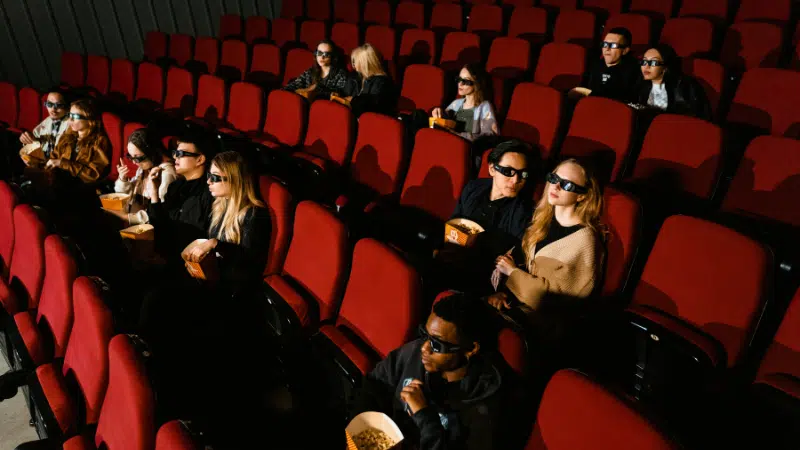If you’re looking to get your music featured in TV, film and more, working with a sync rep can feel a bit mysterious to the uninitiated. That said, we’d like to demystify this process. In this post, you’ll get an inside look at what’s going on behind the scenes so you can know exactly what to expect before you dive in.
What To Expect When Working with a Sync Rep
Here’s how it works…
Once you sign a deal with a sync rep and deliver your music, it may seem like everything goes quiet. Don’t panic. On the other end, there’s a process playing out that will take quite some time. Sync reps work on commission, so they have a strong financial motive to get your music placed. After all, they won’t make a dime until they land you a placement. But first, they will need to spend some time learning about your catalog so they know exactly where to pitch it. This means lots of listening, reading through lyrics, creative tagging and adding songs to curated playlists for supervisors.
Next, there’s pitching. A lot of pitching.
The average sync placement represents dozens of pitches that didn’t connect with the brief it was sent for. However, the ones that miss can still lead to placements down the line. When a music supervisor is on the hunt for a specific type of song, they write up a brief and solicit pitches from all their trusted sources. They then ultimately narrow it down to one song, but it would be foolish to dump a bunch of great music just because it didn’t fit the brief. – After all, good is good.
Music supervisors maintain their own personal music stashes, so if something catches their ear, they’ll hang on to it. They often work on several productions at a time, so they might try it out for another scene or earmark it for a different project. Six months down the line, they could be looking for a specific lyric that happens to be the hook of your song. With a simple lyric search, BOOM! You got yourself a sync placement.
The key to success isn’t always winning the brief; it’s also getting your music saved by as many supervisors as possible. Think of it like planting seeds.
What happens now?
If you’ve read our post on the lifecycle of a TV sync placement, you know that a licensing request means nothing until the picture is locked and the song is officially confirmed. This is typically when you’ll hear from your sync rep. After all, delivering good news is the best part of the job!
Until then, you may not hear from them at all. This is perfectly normal; there’s just not much to report yet. Sync reps often work with hundreds of artists, and while you might want to hear all about where your music is being pitched, it’s not feasible to provide individualized reports. Aside from how tedious it would be to compile, many of the details, including the mere existence of certain productions, are often confidential. Sharing where music is being pitched also prompts artists to reach out for updates on whether the song got placed, which is not a question your rep can answer definitively.
Music supervisors don’t have the bandwidth to provide feedback on pitches, so it’s impossible to know what they will ultimately keep in their library in the long term. Depending on when the production is ultimately released, it may take weeks, months or even a year for a decision to be made on a song. At the end of the day, the only feedback that truly matters is a confirmed placement.
——
🧠 Feed yo’ brain something extra:
How to Optimize Your Songwriting for Sync
How to Get Heard By A Music Supervisor
7 Ways To Make Money on YouTube as a Musician
——
To wrap things up…
While it’s understandable not to want to be in the dark, asking for updates won’t improve your chances of a placement. Instead, it’s better to keep them updated on what’s going on with you. Everyone loves hearing new material. If you have an upcoming release, don’t miss a chance to resupply your rep with new tunes to pitch. In addition, you can ask if they have a weekly email blast which can be a great way to put your song in front of hundreds of supervisors at once.
Even if you have some finished music you’re not planning to release, it can still be pitched as an unreleased or pre-release track. Supervisors love this, and it gives them exclusive access to material that isn’t out yet. Unreleased tracks never get old, either! If one gets placed, you can always coordinate a release plan around the sync placement as a marketing driver. It’s a win-win.
Remember, working with a sync rep is a gradual process that takes a lot of time.
Be patient, trust the process and stay positive!



